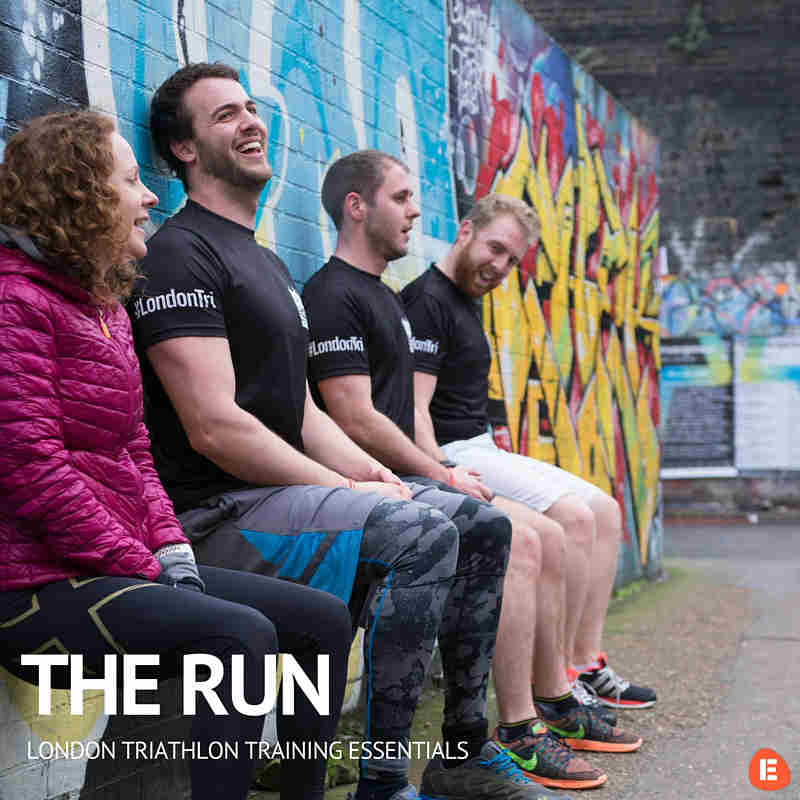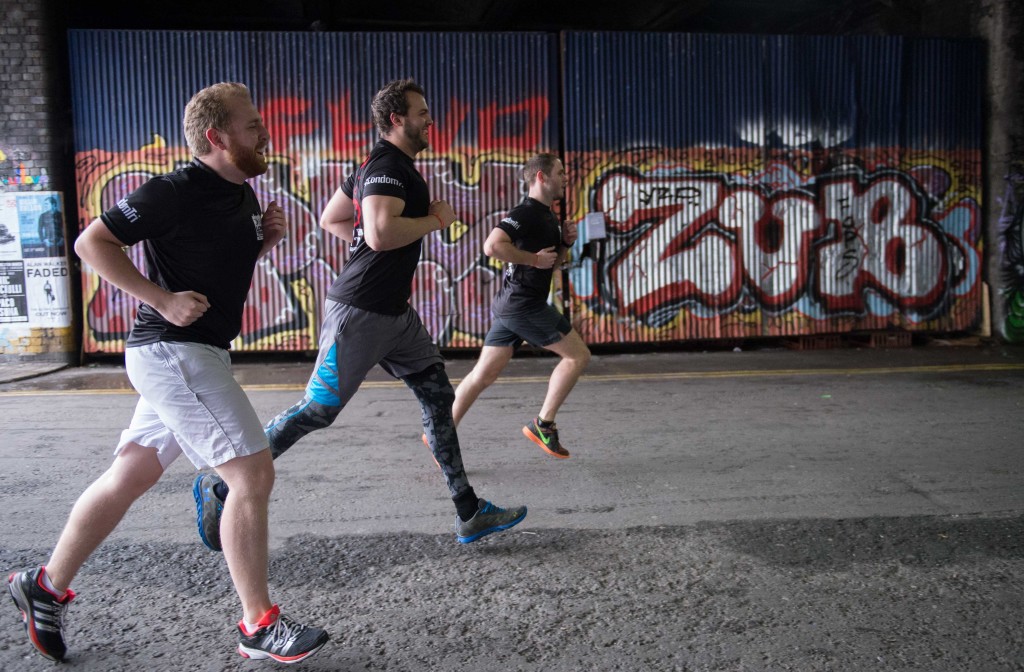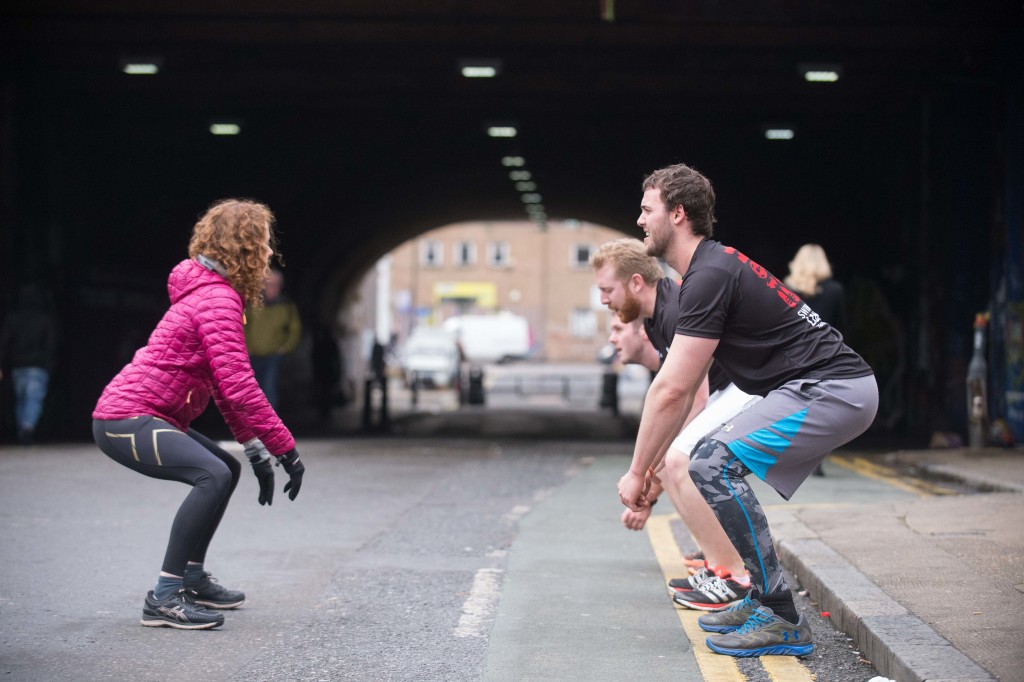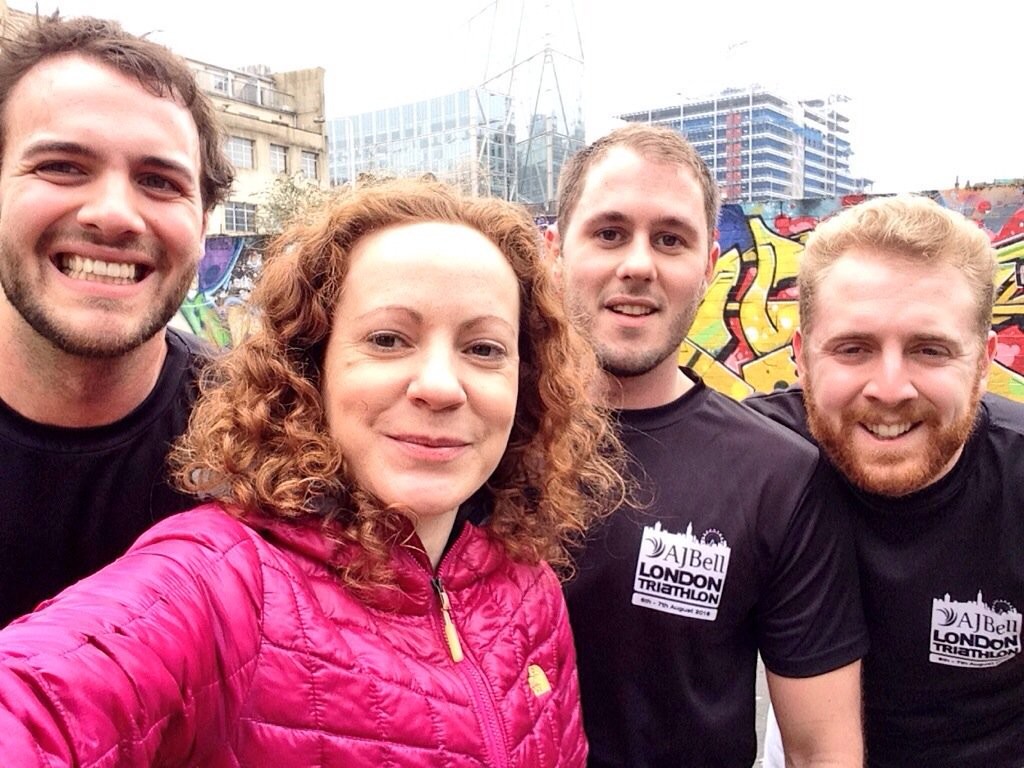
London Triathlon Training Essentials – The Run
By Team EtchRock in All,Challenges,EtchRock,Running,Training,Triathlon
In March, Team EtchRock were kindly invited to the AJ Bell London Triathlon Training Essentials Day in London. Throughout the day, we learnt all about the three different stages of the race and were given training from some fantastic coaches. With the London Triathlon fast approaching on the 6th of August, it was the perfect time to kick-start our training and learn from some of the best!
Today we take a look at the final phase of the triathlon, the run. To help us with the running phase, we were lucky enough to have the fantastic coaching of Laura Fountain. Laura is a running coach and personal trainer, she has written two books ‘The Lazy Runner’ and ‘Tricurious’. Laura has completed 15 marathons, a couple of ultra-marathons and taken part in everything from a sprint distance to an Ironman triathlon so I knew we were in good hands!
She shared with us some great tips throughout our session, firstly, of how to manage your running training. When we think of making winter and spring running more manageable, most of us think about the treadmill. But this isn’t always an exciting prospect. So below are a few ideas to keep you running throughout your training for the AJ Bell London Triathlon.

Being put through our paces in the Oregon Circuit!
1. Head to the track. Most athletics tracks will have nights when the floodlights are on and they’re open to train on. This is a good option if you’re concerned about running in the dark or running alone.
2. If you’re not a member of a club, look them up. They’ll often have a track night you can go down to, coaches to help show you the ropes and make sure you get the most out of them, and other runners to motivate you.
3. Make a date to run with a friend. When you wake up on Saturday morning and look out the window to wind and rain, having someone to splash through the puddles with makes it more likely that you won’t just pull the duvet over your head and go back to sleep.
4. Remember that warming-up is even more important in the colder months. Get those muscles warm and ready to run.
And if you absolutely have to hit the treadmill, here’s a few tips.
1. Go with a session plan and use treadmill sessions as a time to do interval training. It helps break up the monotony of running on the belt and staring at the numbers ticking by, as well as minimising the time spent on it.
2. Do your maths in advance. A lot of us work in miles, but most treadmills use KMs and KMPH. So if you’re doing an interval make sure you work out your distances and paces in advance. Write them on a post it and stick them to the treadmill dashboard so you can easily figure it out mid-rep.
3. If you are going to do a long, steady run on the treadmill, change the gradient a few times to mimic the realities of running outside and give your body a break from landing exactly the same way every stride.
4. Just because you’re inside, don’t forget to warm up. Do a few dynamic stretches round the gym, skip, start at a slow speed. Take the time and care to warm up your body to run as you would outside – especially if you’ve walked through the cold to get there.
Our Training – The Oregon Circuit
The Oregon Circuit is a good way to replicate the heavy leg feeling you’re going to experience on the run leg of the triathlon and is a great way to practice running with good form.
The Oregon Circuit can be done alone but is more fun if done with a training partner or in a group. You could work with a partner as you go around the stations or you could have each person working, for a set amount of time, on a different station before the whole group move simultaneously onto the next exercise.

Squat section of our circuit, can you see the pain?!
The way that you order the exercises to be performed depends on what you want to get out of the session. The Oregon Circuit is sometimes performed with leg-only exercises, other times it has two or three stations for legs, core and upper body and the stations are grouped with the leg exercises being performed consecutively before the core exercises and finally the upper body. However, the benefit of splitting the workout so that you alternate between different areas is that the heart has to work harder to move the blood from one area of the body to another so the cardiovascular workout is enhanced.
The Oregon Circuit should be built into your weekly training programme and you could even put it in twice per week if you are focussing on building strength-endurance. One of the great things about the Oregon Circuit is that, with limited equipment, you can set it up anywhere: indoors or outdoors, in a gym or at home.
So what should you put into the session? Below is an example of what an Oregon Circuit could look like but the secret to the success of this is that you keep changing the exercises and keep it fresh. By doing this, not only is it more fun but, you challenge your body in terms of strength and co-ordination. We can vouch for how tough of a workout that the Oregon Circuit is, the way it puts stress on your legs is the perfect simulation for a triathlon.
Oregon Circuit Example
Warm up
10 minutes of aerobic activity: easy running, rowing, cycling or cross trainer
Mobility exercises – Foot circles to mobilise the ankles, leg swings – swinging from the knee and the hip, hip circles, bending at the waist and to the side, arm circles, shoulder rolling or shrugging.
Perform the following exercises for 20 seconds each with 80 – 100m fast striding between each exercise
1. Leg Clam with or without thera-band
2. Step ups
3. Medicine ball push throws
4. Bridge exercises
5. Burpees
6. Pull ups from a bar
7. Caterpillar walks: on all fours, walk your hands forward before following with your legs
8. Running with high knees on the spot, preferably on a soft surface such as a sand pit or crash mat 9. Tricep dips
10. Superman walks: on all fours as low to the ground as possible, walk opposite arm and leg forward together
11. Squats
12. Push ups
13. Squirmies – lie on your back with feet flat on the floor and knees bent. Keep your back on the floor whilst touching alternate heels with fingers
14. Walking lunges
Five minutes of very slow running/walking followed by static stretches.

Post run selfie. Standard protocol.
There is still time to sign up for the London Triathlon which you can do here. Make sure you are part of the world’s biggest triathlon in their special 20th year anniversary! Already taking part in the London Triathlon? Then you can log your training here, connect your EtchRock account to your favourite wearable tech and download the data straight to your profile.
Visit EtchRock.com to find your next challenge, don’t forget to subscribe!
Team Etchrock
[aps-get-count social_media=”facebook”]